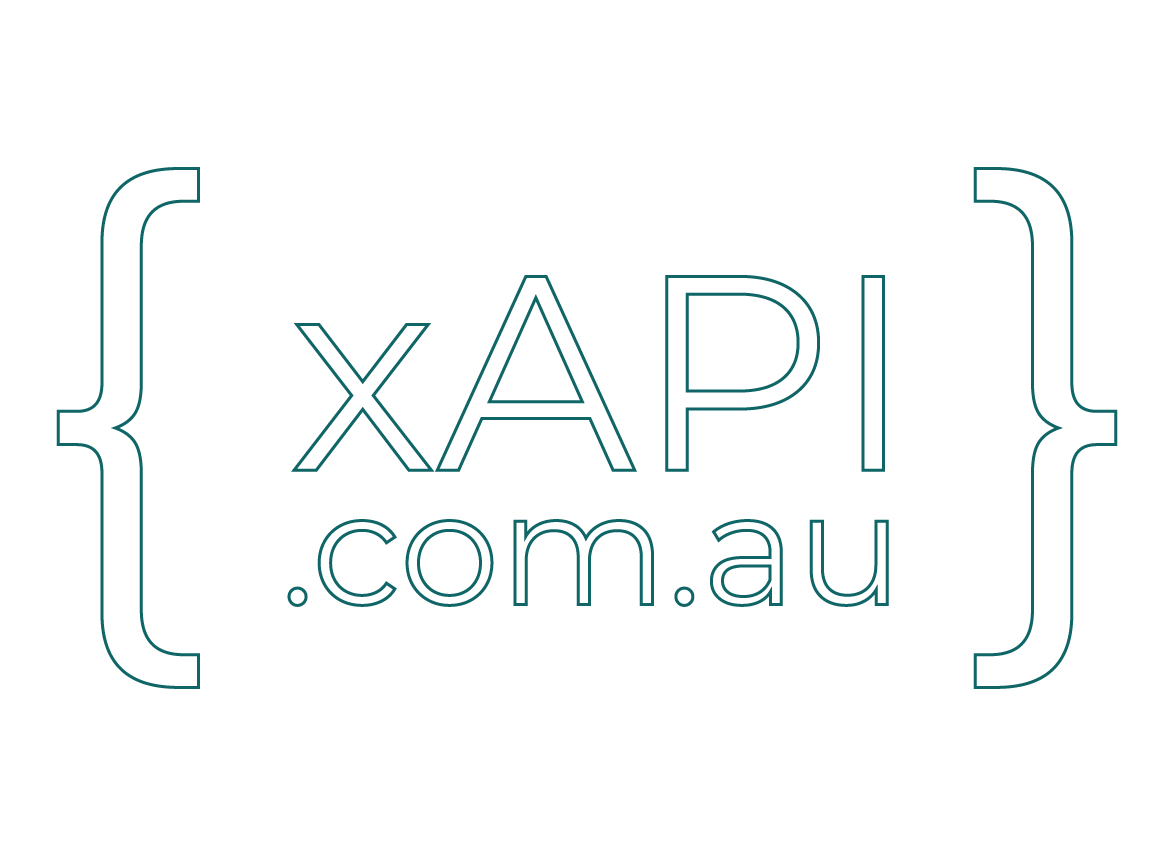
When you start exploring digital learning and the xAPI framework, you’ll likely come across the term “Learning Record Store” or LRS. If you’re not a tech person, it might sound a bit daunting, but let’s break it down in simple terms.
The Basics of xAPI and Why We Need an LRS
Firstly, a quick recap on xAPI (Experience API): it’s a framework that allows you to track and record all kinds of learning experiences, from completing an online course to participating in on-the-job tasks. Think of xAPI as a “learning language” that captures and records what people are doing as part of their learning journey, whether they’re online, offline, or somewhere in between.
All this learning data (called “activity statements” in xAPI speak) needs somewhere to live—a place where it can be stored, organised, and accessed when needed. This is where the Learning Record Store (LRS) comes in. Simply put, an LRS is like a digital bucket for all these learning records. It captures, stores, and lets you review every bit of learning activity in one handy place.
Why Can’t We Just Use an LMS?
It’s a fair question—don’t LMSs (Learning Management Systems) already store learning data? They do, but only to a certain extent. LMSs are typically designed to track specific interactions within a set range of courses, like quiz scores or completion rates. However, they struggle when it comes to capturing broader learning experiences, like using a mobile app, attending a workshop, or even watching a video on YouTube. That’s where xAPI, paired with an LRS, steps in.
With xAPI, your LRS can capture a much broader scope of learning activities, providing a fuller picture of how and when learning takes place across various contexts.
How Does an LRS Actually Work?
Think of an LRS as a super-organised database. Every time someone does a learning-related activity, the LRS receives an xAPI statement. These statements follow a format, recording the Actor (who did it), Verb (what they did), and Object (what they did it to). Here’s an example:
“Julian completed an online module.”
Each of these statements is stored in the LRS, allowing organisations to track all the unique learning paths their employees, students, or clients are taking.
Why Should I Care About an LRS?
The value of an LRS lies in the data it stores. When you have an LRS, you can answer questions like:
• How are learners engaging with content beyond traditional courses?
• What types of learning experiences lead to the best outcomes?
• Are there patterns in the data that suggest a learner might need extra help?
An LRS opens up a world of insights, helping organisations improve and tailor learning experiences. It’s a powerful step towards personalised learning.
Getting Started with Your Own LRS
If you’re curious, you can explore how an LRS works through demo tools and open-source options. Head over to xapi.com.au to learn more about xAPI and how an LRS can be part of a flexible, modern learning ecosystem that goes beyond the LMS.
In short, an LRS doesn’t just store learning records—it gives them context and makes them actionable. It’s a core part of what makes xAPI so impactful in today’s learning landscape.
If you’ve got more questions or want to learn how an LRS could help your organisation, feel free to get in touch with us.
